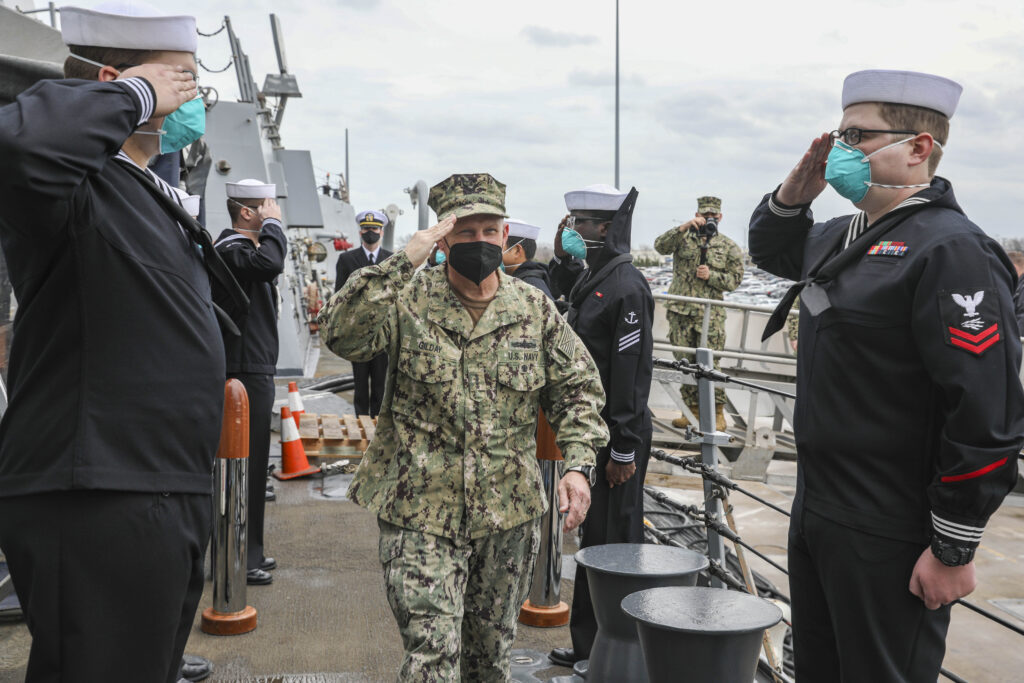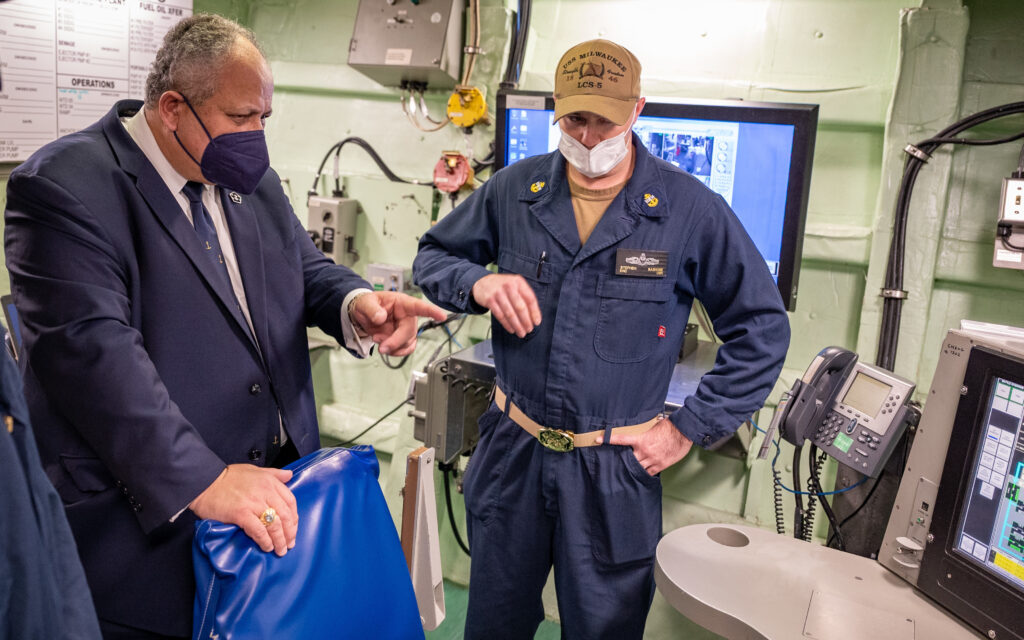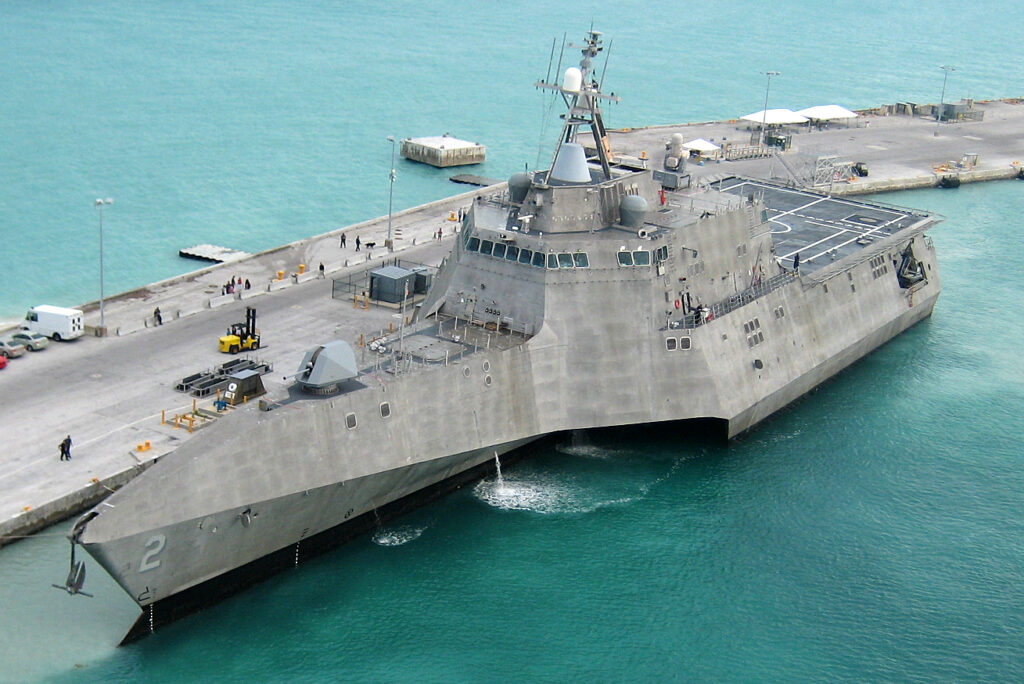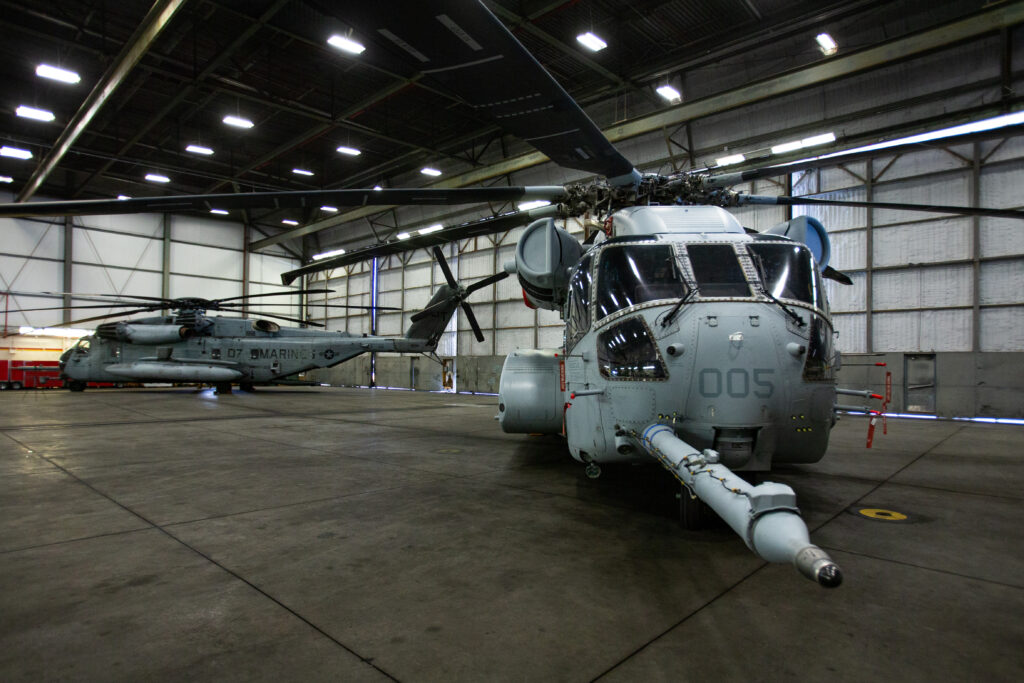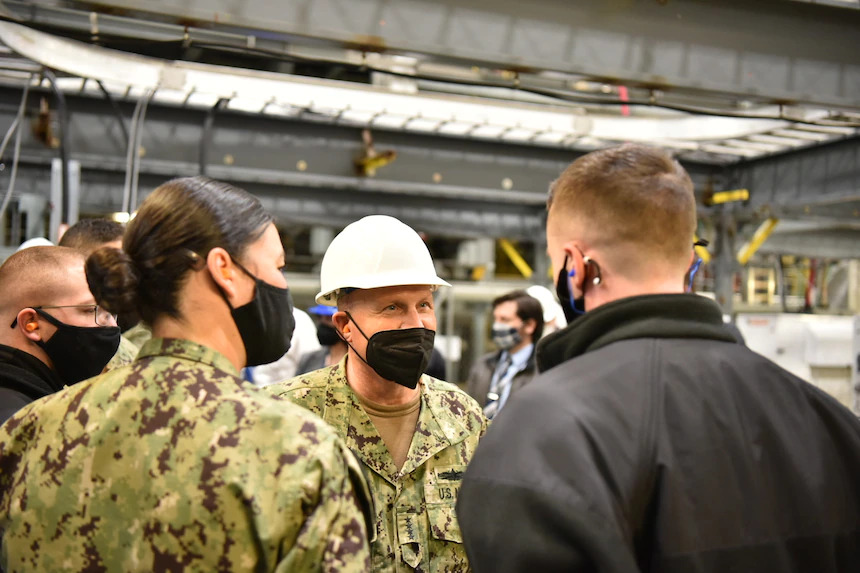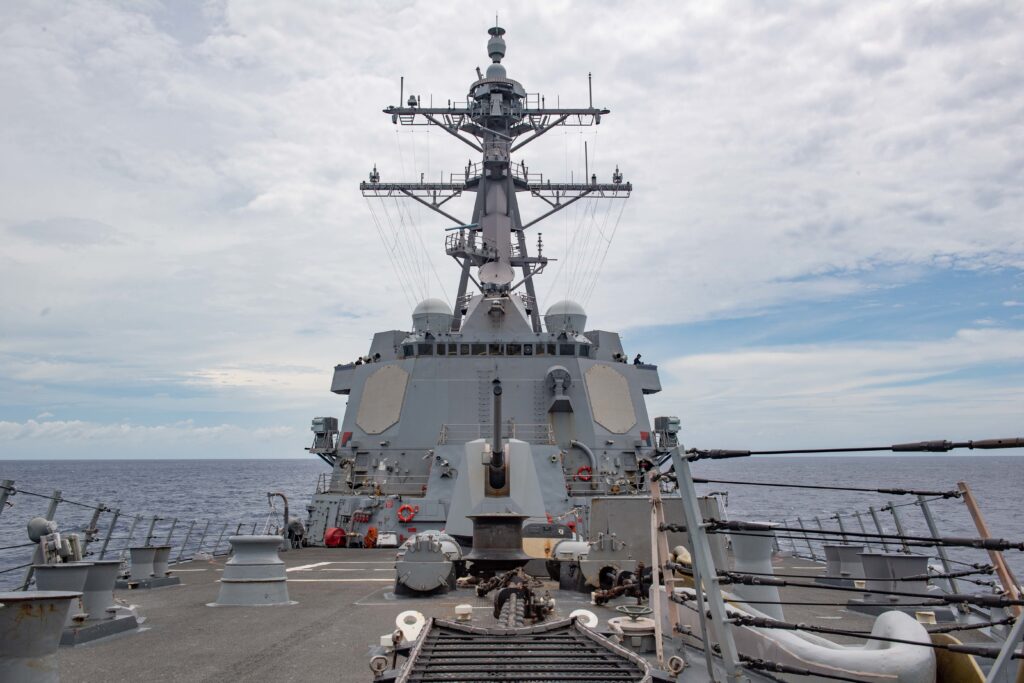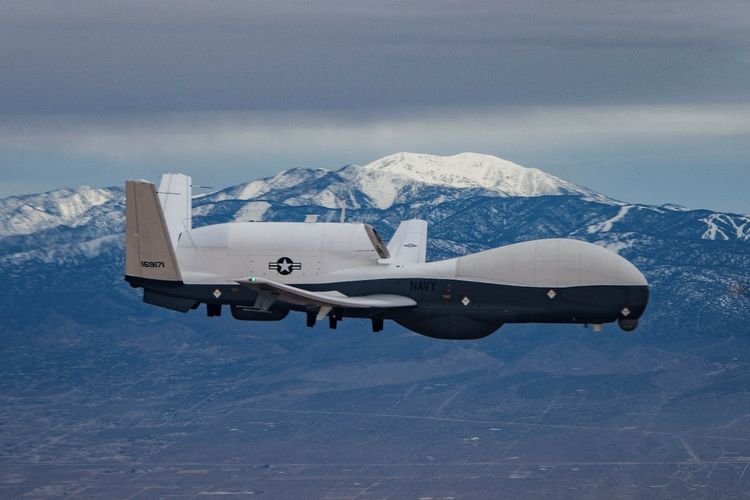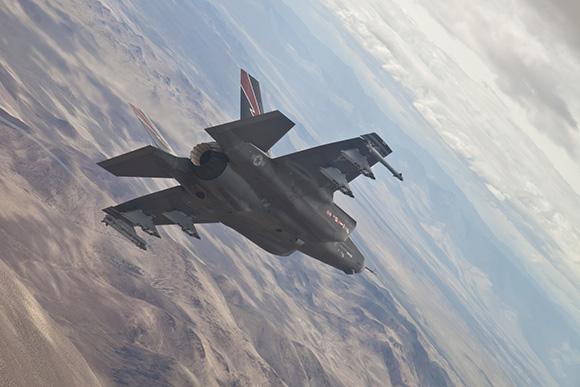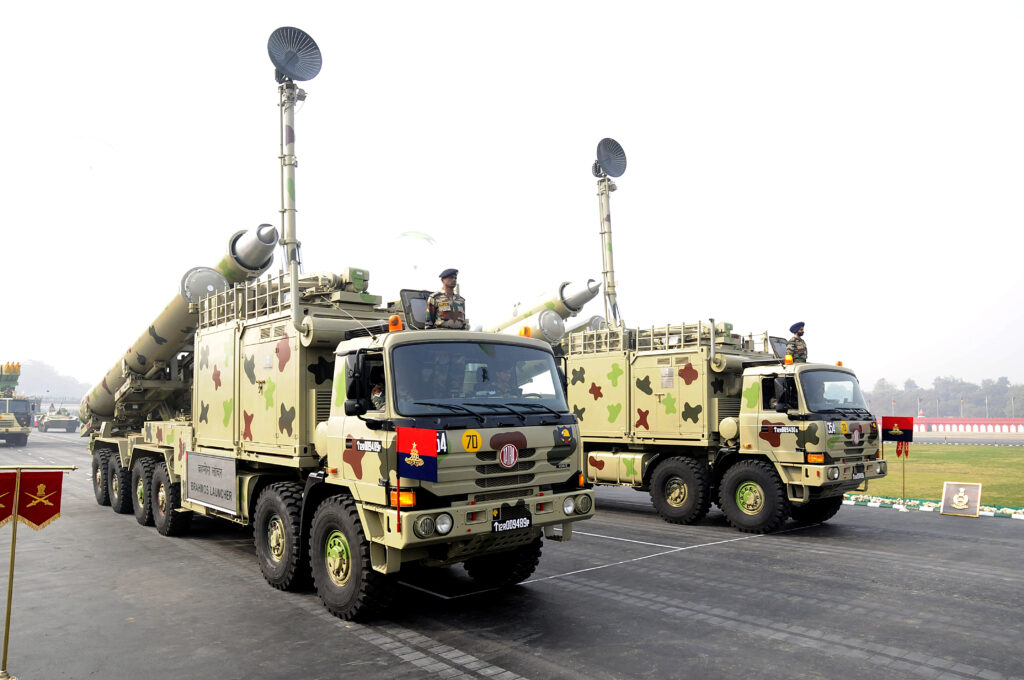Cutter Active Returns Home to Port Angeles Following Counterdrug Patrol
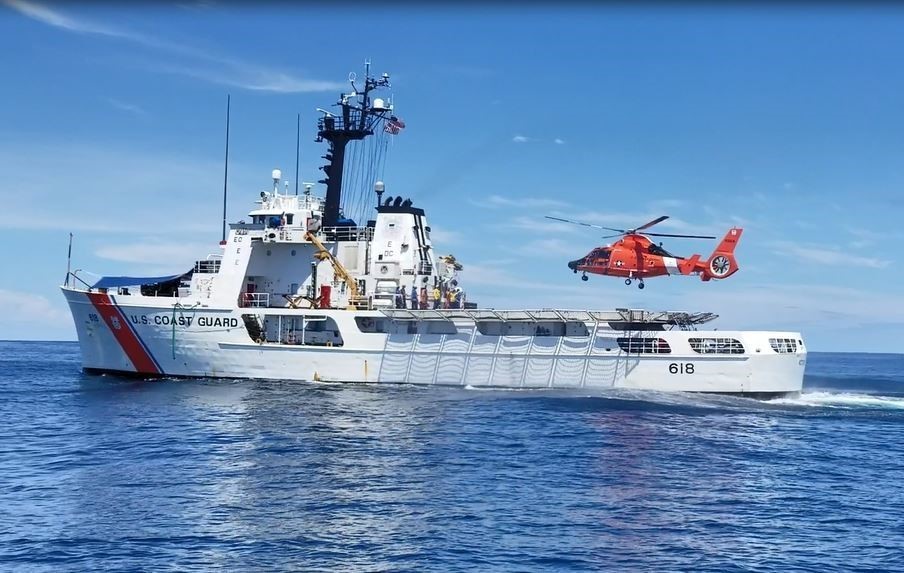
PORT ANGELES, Wash. — The Coast Guard Cutter Active (WMEC 619) and crew returned to their homeport in Port Angeles Feb. 2 after a 10,572-mile, 55-day deployment to the Eastern Pacific Ocean, the Coast Guard 13th District said Feb. 4.
The crew deployed off the coast of Central America in support of counterdrug operations.
Shortly after getting underway, Active participated in helicopter proficiency operations off the coast of Southern California. Pilots from multiple Coast Guard air stations and crews from a number of West Coast-based cutters converged on Active to perform necessary training and proficiency evolutions.
During a 48–hour period, Active’s crew participated in 72 takeoffs and landings from the flight deck in addition to performing a helicopter in-flight refueling and a vertical replenishment. In total, Active directly assisted in the qualification and certification of eight pilots across two helicopter platforms in addition to certifying eighteen shipboard aviation support crewmembers.
While moored in San Diego, Active embarked a joint aircrew and helicopter from HITRON [Helicopter Interdiction Tactical Squadron] and Coast Guard Air Station San Francisco. HITRON is a Jacksonville, Florida-based specialized law enforcement unit. HITRON crews are trained to use airborne use of force for non-compliant vessels suspected of violating U.S. and international laws to comply with lawful orders.
“The Active crew performed superbly in every assigned mission during this patrol,” said Cmdr. Brian Tesson, Active’s commanding officer. “Presented with myriad challenges, from engineering casualties to Omicron safety protocols, this crew made a bold statement by stepping out with a positive, can-do attitude in the face of adversity, defining what it means to work aboard the ‘Li’l Tough Guy.’ Bringing their best selves to the job daily, the crew patrolled the Eastern Pacific Ocean to deter and suppress transnational crime and narcotics smuggling while training and qualifying crewmembers as they honed new personal and professional skills. I watched this team overcome each consecutive obstacle with ingenuity, fortitude and professionalism. I could not be more proud to be a part of it.”
Active’s crew departed in mid-December and were unable to spend time with family and loved ones during the holiday season. However, as is typical for the Active and Coast Guard cutter crews in general, they came together as a family to create a number of great memories during the patrol. The Active’s crew found ways to keep spirits high while patrolling the high seas through conducting drills and training or gathered during one of our onboard holiday meals cooked by the Chiefs’ Mess, or over a sparkling apple cider New Year’s Eve toast.
Nicknamed the Li’l Tough Guy, the 55-year-old medium-endurance cutter routinely operates from the Straits of Juan de Fuca to Central America conducting search and rescue, domestic fisheries enforcement, counter-narcotics law enforcement, and other statutory Coast Guard missions.
